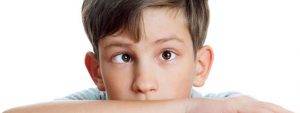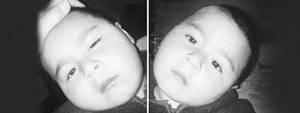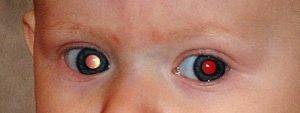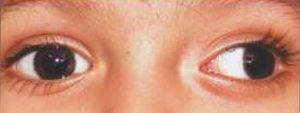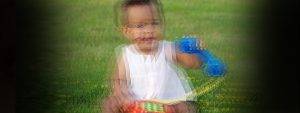Squint – Is it a cosmetic issue or a serious eye condition?
Squint is said to occur when there is misalignment of the eyes and each eye points in different directions. One of the eyes may be turned inwards, outwards or upwards or downwards. Normally both eyes are perfectly aligned and they point in the same direction.
Squint is one of the common eye problems seen in children and must be treated on emergency basis as it may lead to amblyopia or lazy eye and decreased stereovision (3D vision) if left untreated.
Squint can occur in childhood or later in adulthood. But there are plenty of differences between squint in a child and an adult. The most important difference being squinting in children can lead to decrease in vision in the squinting eye (LAZY EYE or AMBLYOPIA)
Pediatric Ophthalmology
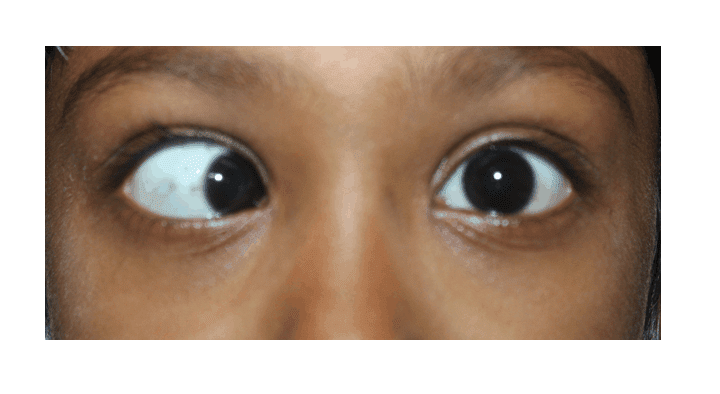
Symptoms of Squint
Causes of Squint
The eye has muscles attached on its surface which moves it in different directions. An imbalance in the function of these muscles may lead to squint. This imbalance may occur spontaneously or following an eye disease, injury or a systemic disease which may affect the muscle directly or the nerves that supply these muscles.
Squinting in children develops spontaneously or due to eye diseases like refractive errors, cataract or even rarely neurological diseases.
Squinting in adults on other hand occurs as a result of nerve damage due to injury, systemic diseases like Diabetes or neurological diseases.
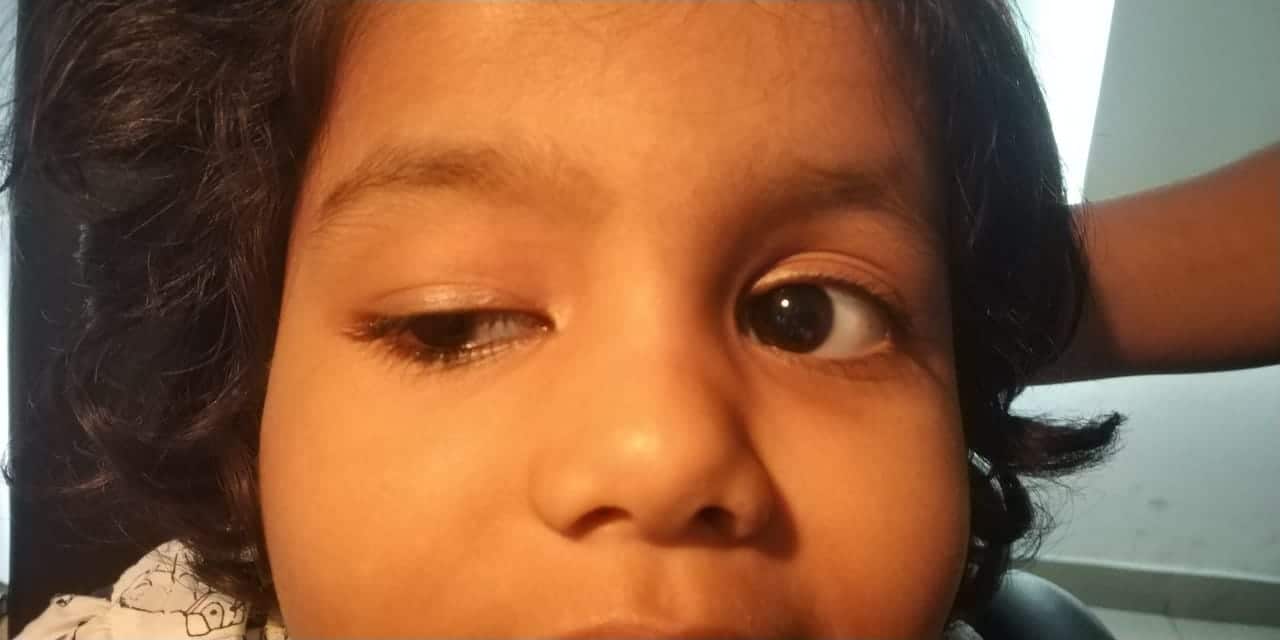
Evaluation of Squint
The team of pediatric ophthalmologists and optometrists conduct a detailed evaluation of squint to arrive at an accurate diagnosis and provide appropriate and complete treatment. A thorough evaluation of squint is done with appropriate tests which may include the following:
- Vision
- Spectacle power
- Slit lamp examination
- Retina examination
- Squint examination – including tests for measurement of squint, stereovision and tests for suppression
- Orthoptic evaluation
- Diplopia charting
- HESS charting
- Prism trial
- Neuro-ophthalmologist consultation
- Pediatric neurologist/ neurologist consultation
If indicated your doctor may also request for a neurologist’s opinion or ask for brain imaging (MRI / CT Brain) to rule out a brain disease.
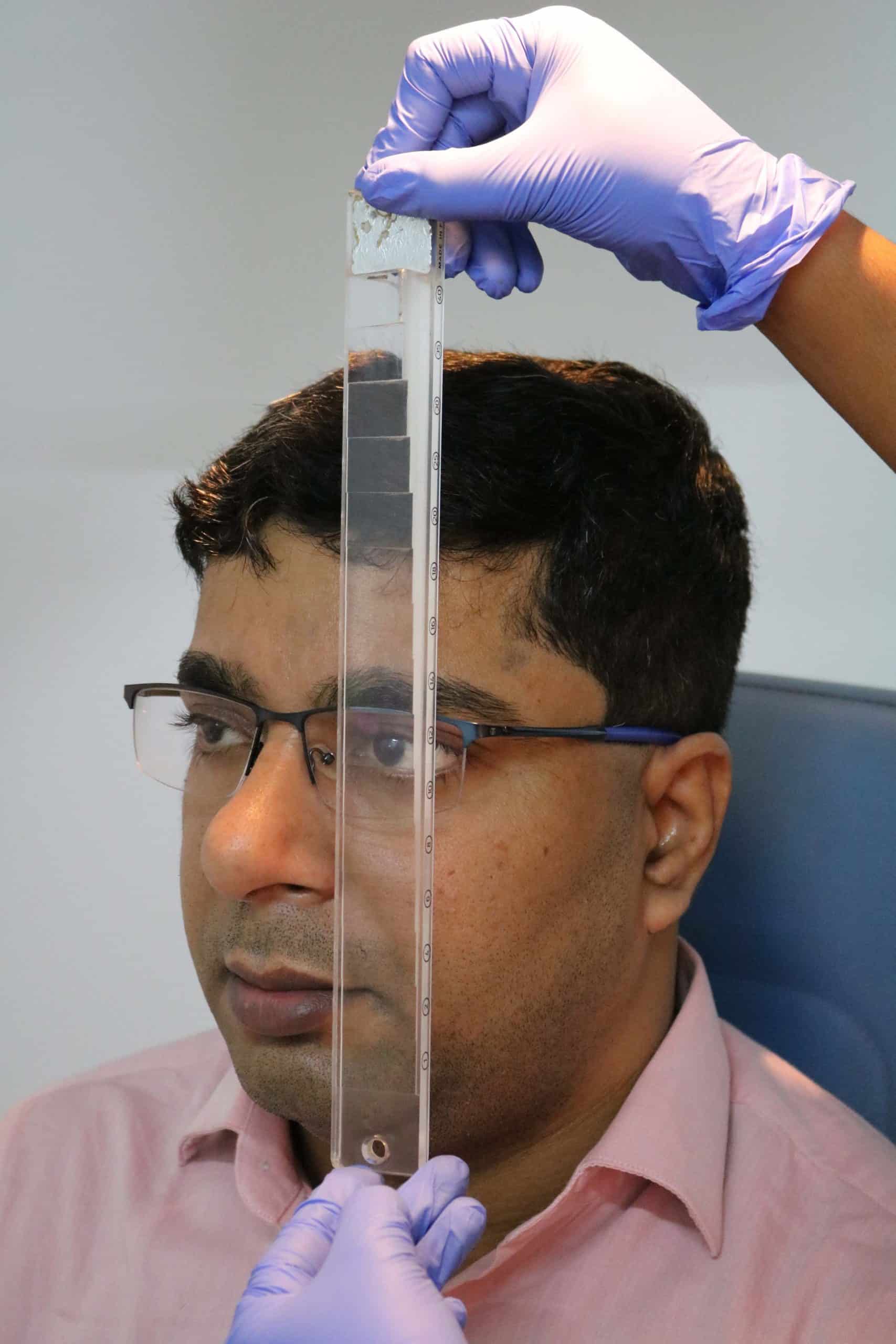
Treatment of Squint
The most vital part of squint treatment in children is correction of amblyopia or lazy eye. Lazy eye is treated either by occlusion or patching therapy in which the better eye is patched so that child sees more with the squinting eye and the vision improves. Lazy eye can also be treated by making the vision in the stronger eye blur either with eyedrops (penalization) or fogged glasses
Based on the cause, the type of squint and its severity, we may either choose to treat it with
- Glasses
- Exercises
- Surgery – surgery may be done on muscles in one eye or both eyes
- Prisms/ occlusion (to avoid diplopia in adults)
- Treating the cause (underlying neurological problem)
Squint surgery involves adjusting the position of muscles or shortening the muscles and reattaching them to the surface of the eye. After squint surgery you will require to continue patching therapy and to continue the use of glasses as advised by your pediatric eye specialist. We have a dedicated team of Squint specialists / Strabismologists who are capable of diagnosing and treating all types of squint and associated problems.
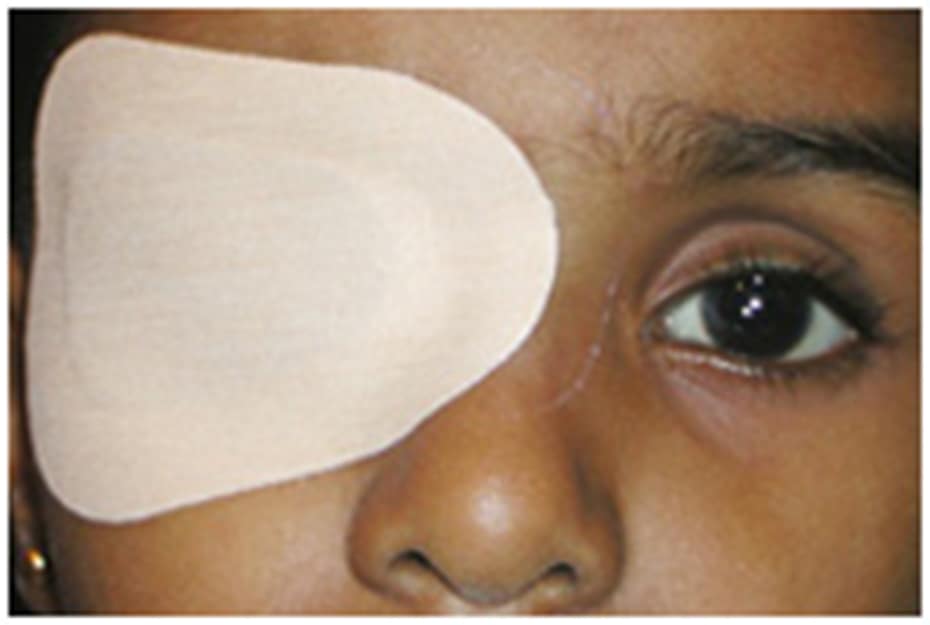
FAQ
Frequently Asked Questions
What are the Synonyms of Squint?
Squint is also known as Strabismus, Misaligned Eyes or Crossed Eyes.
What is Strabismus or Squint?
Strabismus or squint is a term used to describe the eyes that are not properly aligned, with one eye being straight and the other having turned away from the straight ahead position. The eye can be turned either outwards (Divergent squint), inwards (convergent squint), upwards or downwards (vertical squint). It may be present all the time (constant) or seen only at times (intermittent) like when the child is tired or while reading or looking at a distance as in watching television.
At what age can one develop strabismus?
At birth, an infant’s eyes cannot always focus directly on objects. The eyes appear to move quite independently at first, sometimes crossing and sometimes wandering outwards and so newborn babies may have some degree of squinting of the eyes. By the third or fourth months of age, an infant’s eyes should have developed the ability to focus on small objects and the eyes should appear straight. But any squinting beyond this age is not normal and calls for immediate attention. By the six-month, an infant should be able to focus on both distant and near objects Strabismus may be present from birth or may develop later in childhood or even adulthood. It may also run in the family.
What causes the misalignment in Squint?
Normally the movement of the eyes are controlled by certain muscles attached to the eye and are called the Extra Ocular Muscles. There are six eye muscles in each eye, of which one muscle moves the eye towards the nose, one muscle moves the eye away from the nose, one muscle moves the eye up, one muscle moves the eye down and the remaining two muscles rotate the eye.
These muscles are controlled by the brain which coordinates the movement of both the eyes, such that all the muscles of both the eyes work together and focus on a single object. Any imbalance of these control mechanisms results in squinting of the eyes. The exact reason why it occurs may not be known all the times.
Why is it important to detect squint early?
It is critical that this condition be diagnosed and corrected at an early age (before 5-6yrs at the most) since children with uncorrected strabismus may go on to develop lazy eye or Amblyopia, which is a permanent loss of vision. Rarely, presence of squint may sometimes be the sign of serious pathology like increased pressure in the brain or a tumor, hence, one must always get squint evaluated as early as possible.
What are the effects of strabismus?
A child with strabismus usually has no symptoms but some children may tend to squint in bright light. The parents notice that the eyes are not straight. Some of them may have an abnormal head position especially when the child is concentrating like watching television. This is to avoid the double vision, which occurs due to squinting of the eyes and an attempt to keep the eyes aligned. The ability to appreciate depth perception can get lost especially if the squint is constant and long-standing.
What are the consequences of strabismus?
Normally when the eyes are straight, images from both the eyes reach the brain, and the brain then fuses these two images into a three dimensional picture (‘binocular vision’). This ability to perceive a 3-D image is called ‘stereopsis’. If one of the eyes is crossed and not properly aligned, the two eyes are focused on different objects leading to double vision, which the brain cannot fuse.
Hence in a child the brain suppresses the weaker image coming from the squinting eye and continues to see with only the straight eye. But since in a child the eye is not fully mature, the neglect of the image from the squinting eye will result in lazy eye or Amblyopia, and there will be permanent reduction in vision. The child will also not be able to appreciate the 3 D effect. In adults, however, squinting of the eye will cause persistent double vision.
What is false or pseudo squint?
Certain children may appear to have strabismus when, in fact, they do not. This is particularly common in Asian babies especially Chinese, children with Downs’ syndrome, etc. Presence of an extra fold of skin over the inner canthus, a broad flat nose, wide separation between the nose may give the impression of a pseudostrabismus. False strabismus usually disappears as the child’s face grows. If no obvious squint is detected after a thorough examination, a true squint is ruled out and no treatment is required. All the parents need is just a reassurance.
What is the treatment available for strabismus?
The main goal of treatment is to restore vision, straighten the eyes and attempt to restore binocular vision and stereopsis. This treatment needs to be followed in a stepwise manner.
First step is to treat the lazy eye, if present. This would be done by either patching the good eye or use of atropine eye drops that blurs the vision in the good eye and forces the use of the lazy eye.
As a second step, the alignment is corrected. This is done usually once the vision in the lazy eye is restored to normal.
Good alignment would allow development of binocular vision and 3-D vision. Hence, the earlier the treatment better are the results. Glasses in some children can achieve this straightening of the eyes, while others may need surgery on the eye muscles.

